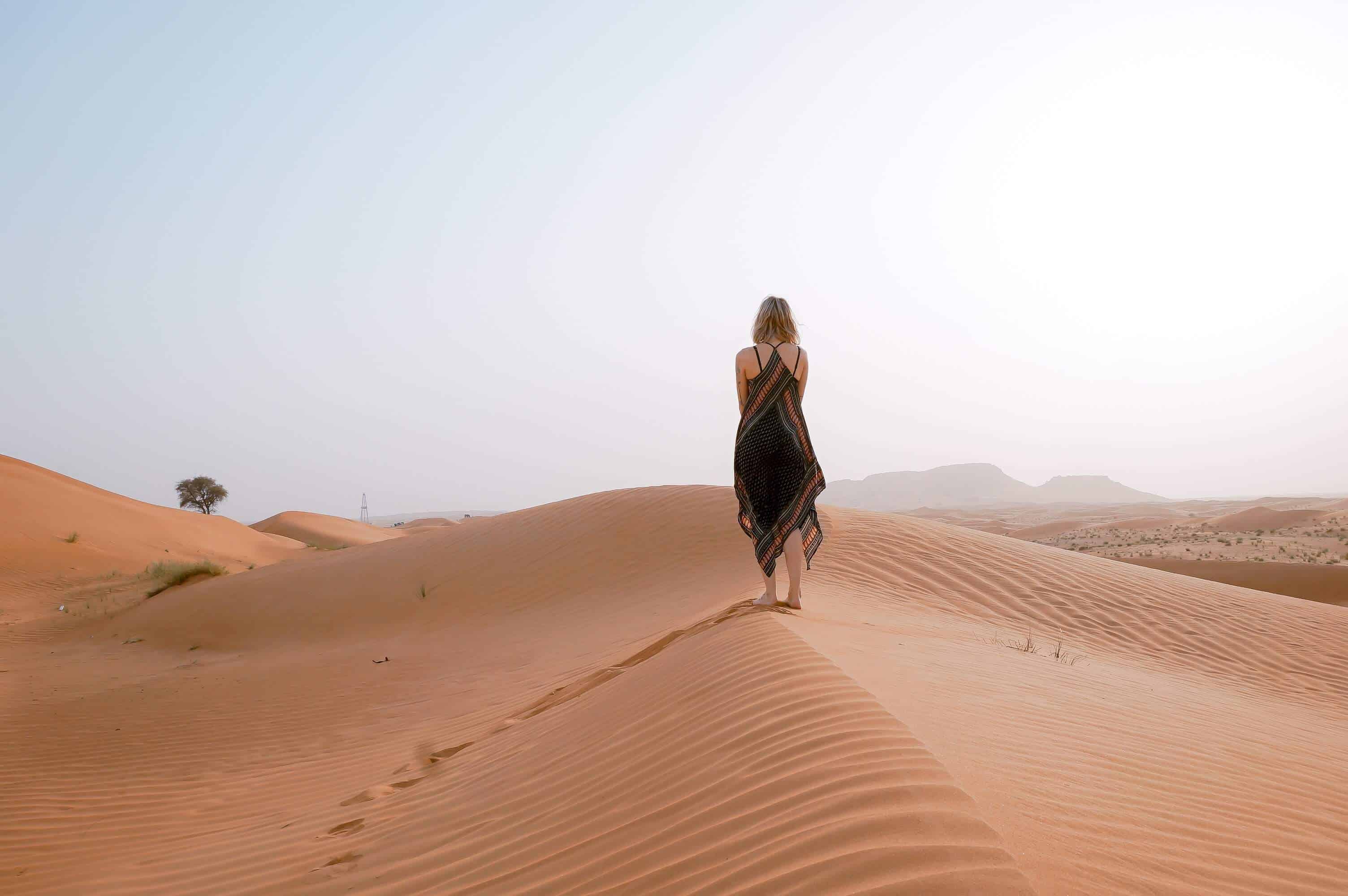Deserts Can Be Treacherous and Deadly
The desert is a barren, arid landscape that has a certain alluring beauty. But the shifting dunes, harsh thunderstorms, lack of water and extreme temperatures can be deadly if not addressed in the proper way. Have you watched with admiration and respect how the San people, the last tribe on Earth to practice the persistence hunt, chase their prey for hours on foot in the scorching heat until it literally collapses from exhaustion? It might take up to 8 hours for a group of bushmen to spot, track and run-down prey and this sends them far into the desert. But that is only the beginning. The survivalists must now butcher their prey and carry it back to their village in 8 more hours under the merciless sun. San Hunters, otherwise known as San People, use a set of strategies including the right amount of water, occasional rest in any bit of available shade, endurance built up over years of hunting and a Zen-like focus to return alive.5 Desert Survival Strategies
- Do not panic The desert is the last place you should panic if you’re stranded. You need every bit of concentration to spot the shifting dunes of the desert and not allow them to make you walk in circles. A mind that succumbs to emotion will see mirages that lead you into further trouble.
- Slow dehydration Your second major aim should be to slow dehydration from the intense heat. Make an improvised turban by wrapping a piece of cloth around your head. Do not expend precious water in wetting the turban should the heat get intolerable. No one is judging you so use your urine.
- Ration water and find a new source An average woman needs approximately 2.7 liters of water and an average man need approximately 3.7 liters in temperate conditions. So, the harsh desert environment is going to require more. Calculate how much water you have and how you plan to stretch it out. Look for north-facing canyons where water puddles escape much of the sun’s heat and don’t evaporate. Broad-leafed trees are an excellent indicator and you can often dig around their roots and soak up the moisture with a cloth.
- Know the right foods to eat Fruits of the Prickly Bear Cactus and the Desert Christmas Cactus are edible and make for tolerable survival food. But other species may not be. You need to be able to distinguish the edible from the poisonous and that requires prior reading and a survival manual in your survival kit.
- Desert survival kit You must have a desert survival kit with a first-aid kit, ample water supplies, white-cotton attire for the day and warm woolen clothes for the night. Also acquire the survivalist gene by carrying a magnetic compass, extra pairs of batteries for your flashlight, Swiss army knife and fire-starters.
Related posts:
23 Survival Guide Tips for the Great Outdoors
5 Survival Skills and Resources That Could Save Your Life
How would I better prepare for another Pandemic?
How Much Emergency Food Should I Have In Case of An Emergency?
Backpacking Survival Tips For Hikers
What Documents Should I Have On Hand In Case Of An Emergency?
How Many Calories Does The Average Person Need Per Day To Survive?
Emergency Survival Tips Every Girl Needs To Know

